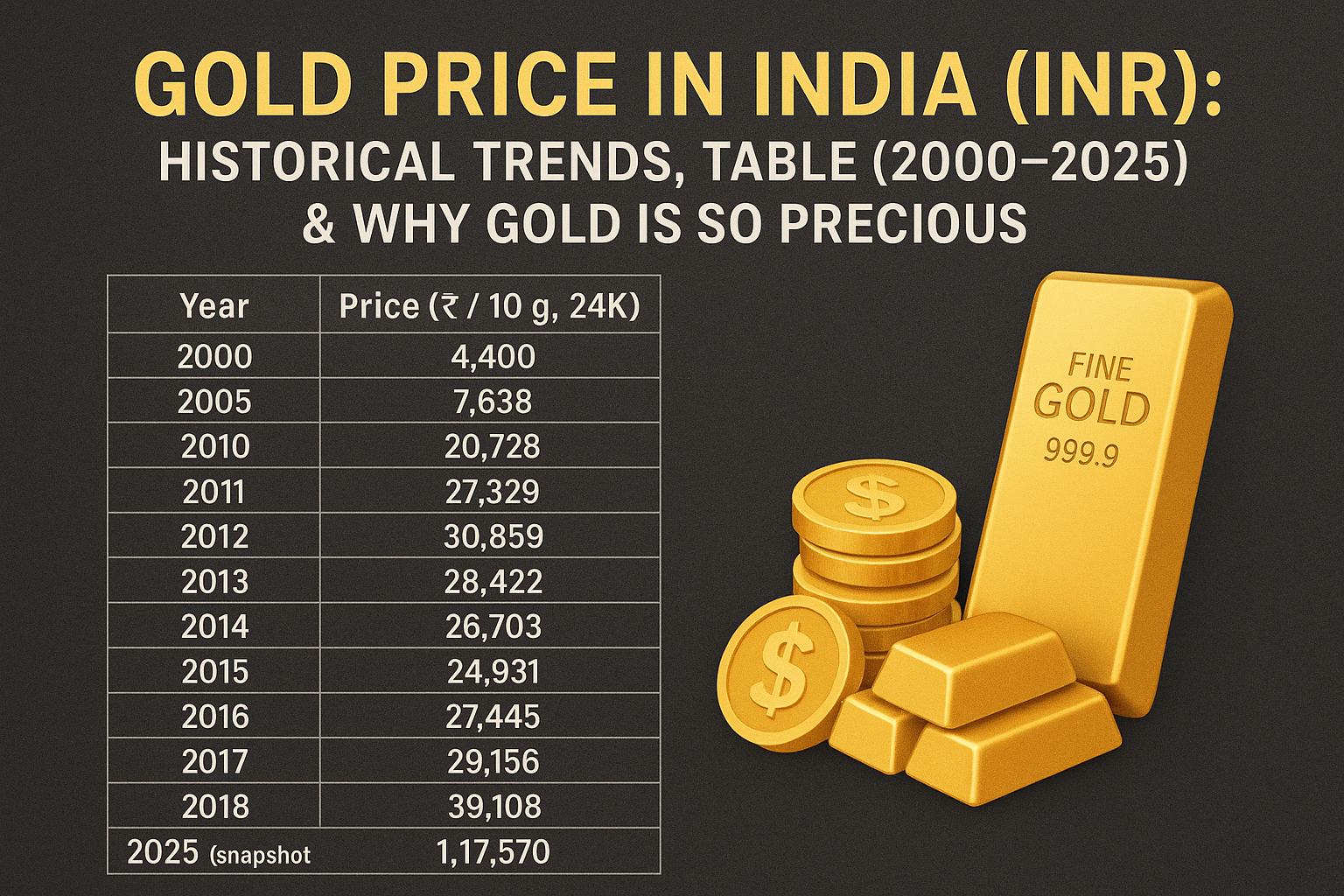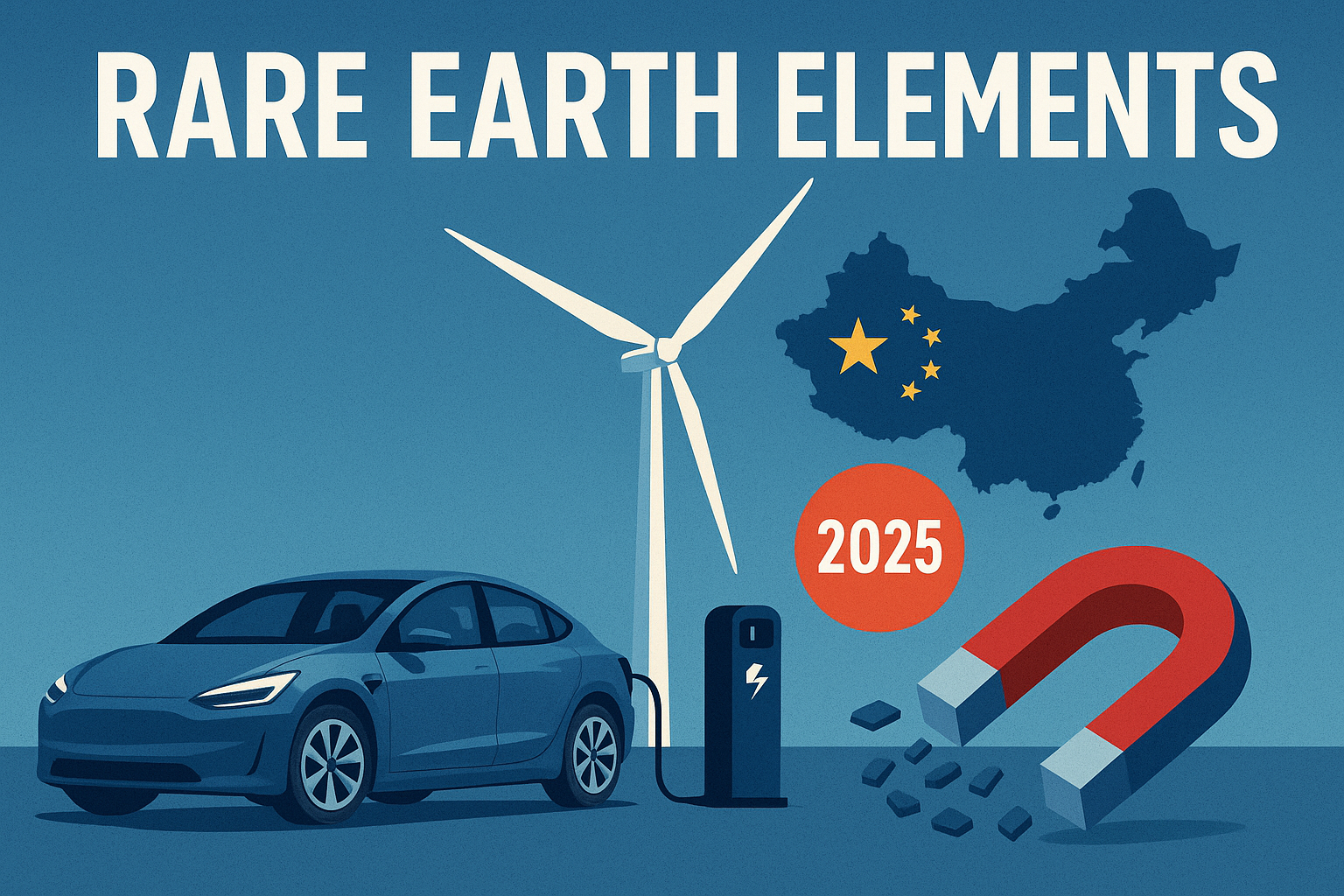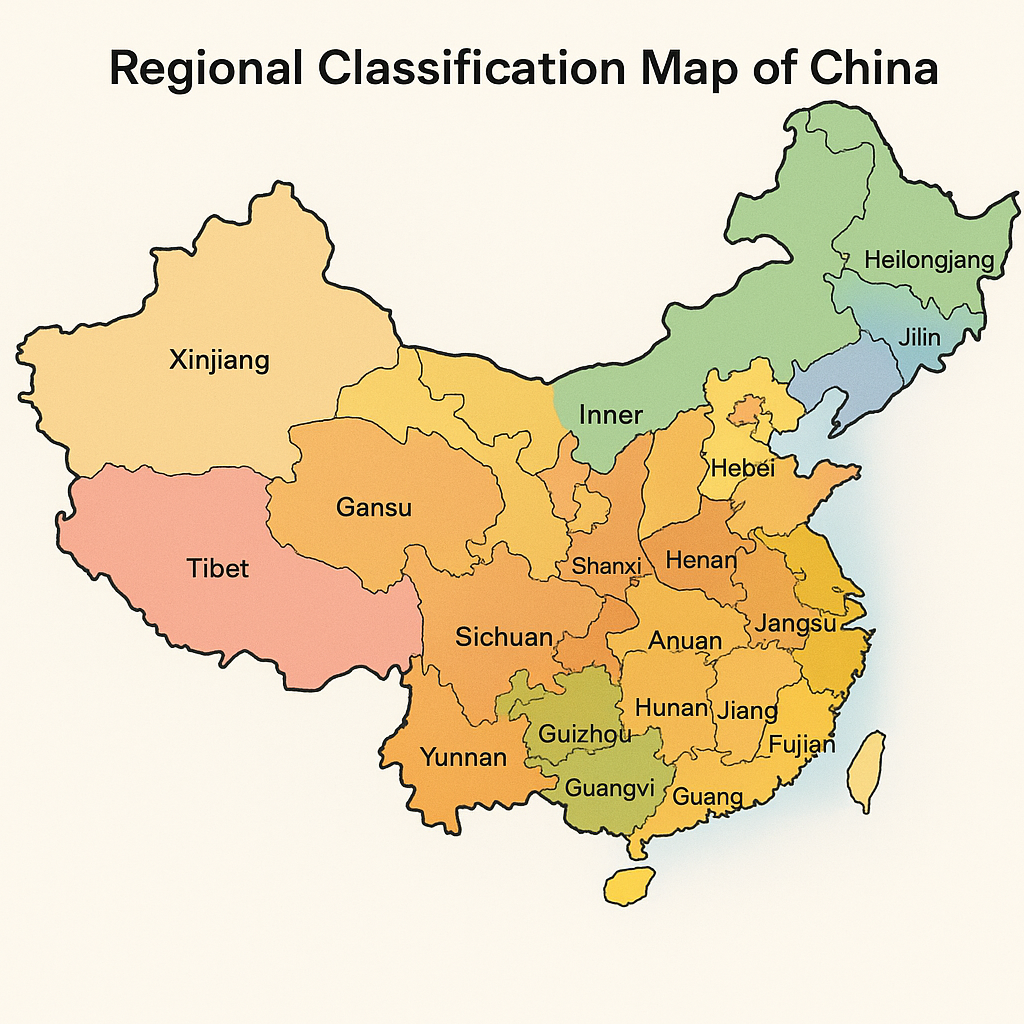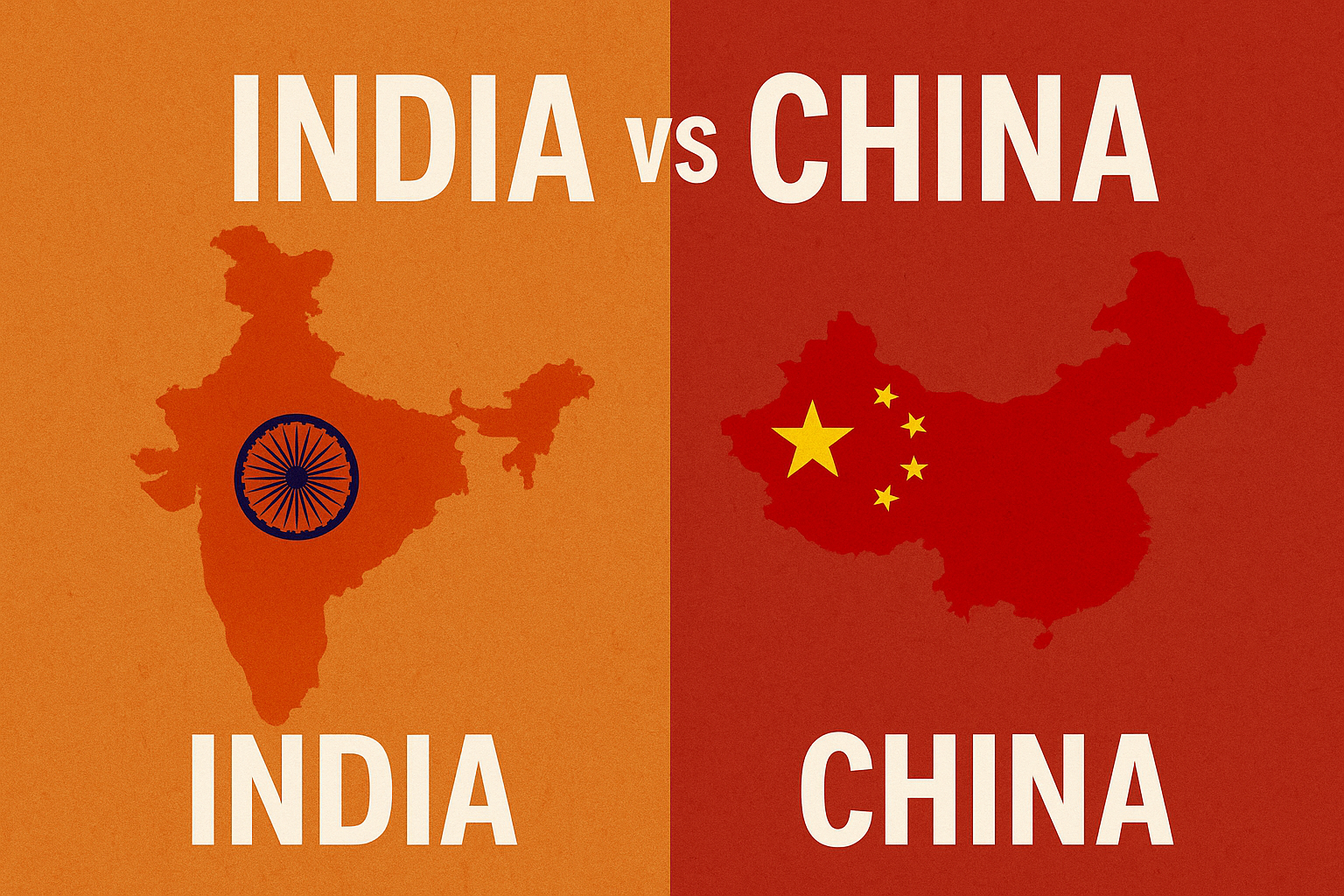-
India’s Gold Price Journey (2000–2025): What Makes Gold So Valuable?
Quick summary Below is a concise, sourced table of annual / representative gold prices in India quoted as 24-karat gold per 10 grams (INR) for selected years between 2000 and 2025. After the table I explain why gold is prized, what drives its price (global + domestic factors), and how investors in India typically treat…
Written by

-
Cryptocurrencies: The Digital Revolution in Money
Cryptocurrencies are one of the most disruptive innovations of the 21st century. They challenge the traditional financial system, offering a decentralized form of money that exists entirely online. While they bring opportunities for investment and global trade, they also spark regulatory concerns, volatility issues, and debates about their legitimacy. This blog explores cryptocurrencies in detail…
Written by

-
Ukraine War – Causes, Sanctions, Leadership Failures & The Path to Peace
Introduction The ongoing Ukraine war has shaken the very foundation of global peace and stability. It is not just a regional conflict but a struggle that has drawn in the world’s superpowers, caused economic disruptions, created humanitarian crises, and raised deep ethical questions about leadership, diplomacy, and the future of humanity. In this blog, we…
Written by

-
The AI Revolution and Its Future: A Glimpse Into 2050
The world today is standing at the edge of a historic transformation — the Artificial Intelligence (AI) Revolution. What began as simple algorithms powering recommendation systems and automation tools has now evolved into generative AI, autonomous decision-making, and human-machine collaboration at an unprecedented scale. By 2050, AI is expected to reshape industries, societies, economies, and…
Written by

-
Rare Earth Elements in 2025: Resources Powering the Future of EVs, Wind, and Geopolitics
What are Rare Earth Elements (REEs)? Rare earth elements (REEs) are a group of 17 chemically similar elements: the 15 lanthanides, plus scandium and yttrium. Despite their name, REEs are not actually rare. Many are as abundant as copper in the Earth’s crust. What makes them “rare” is the challenge of finding concentrated, mineable deposits…
Written by

-
Chips and the Global Economy: How Semiconductors Shape Power, Growth, and India’s Emerging Role
Introduction: Chips as the ‘New Oil’ of the 21st Century In the 20th century, oil determined global power, wealth, and conflicts. In the 21st century, the same is true for semiconductor chips. These tiny marvels of silicon power our smartphones, laptops, electric vehicles, satellites, fighter jets, cloud servers, and artificial intelligence systems. The global economy…
Written by

-
China’s Regional Classification: Know about Provinces, Economy, Culture, and Demography
China, the world’s second most populous country (about 1.41 billion people in 2025, recently overtaken by India), remains one of the most diverse nations on Earth in terms of geography, economy, and culture. It is divided into 34 provincial-level administrative units: 23 provinces, 5 autonomous regions, 4 municipalities, and 2 Special Administrative Regions (SARs). Understanding…
Written by



